How does the LED grow light work?
Does the LED grow light work well?
Yes, LED plant growth lights work very well. Even the bad ones can work to some extent, and the best plants can grow plants better than any other grow lights currently available.
The reason they work well is that LED technology equips the lamps with the exact color of light required by the plants and uses precise proportions to maximize growth and yield. They also have lower operating costs and generate less heat. And they are no longer prohibitively expensive. It may cause other questions in your mind. These will all be answered below. Let's first look at the actual science behind these lights.
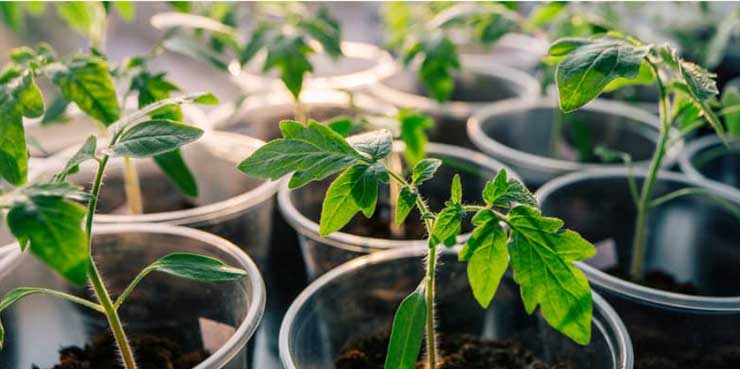
We all know that light-emitting diodes are very suitable for growing plants, especially cannabis. But how do they work, and what makes them so beneficial to plants?
Let us first take a look at the general working principle of LED technology, and then we will understand why it is so effective for indoor gardening.
The working principle of light-emitting diodes: light-emitting diodes are simple semiconductors that emit light when current passes through it. Semiconductors are usually made of completely non-conductive materials, such as silica gel, but with impurities added to make them more conductive. Adding these impurities is called "doping". But semiconductors only conduct electricity in one direction. If you reverse the current, they do not conduct electricity. This is why they are called semiconductors.
The reason for this is that two layers are used, each of which is doped with different impurities. One layer is composed of n-type materials. It is called n-type because it has a negative charge due to too many electrons. Phosphorus or arsenic are commonly used because each has 5 electrons, and when added to silicone with 4 electrons, it leaves a space. The other material is called p-type, which is positively charged due to lack of electrons. Boron or gallium are usually used because they have only three electrons. When added to silicone, the lack of a fourth electron will create a hole.
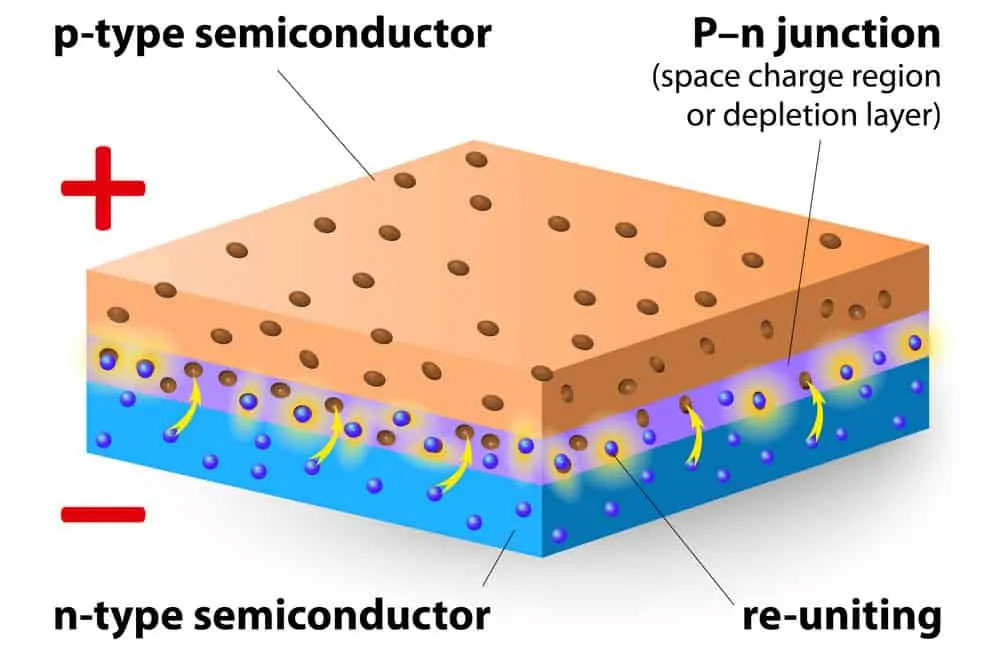
When you place an n-type material and a p-type material next to each other, you create a potential for the free electrons in the n-type material to fill the holes in the p-type material. This occurs in the area where the two meet, called the depletion zone. But this happens only when a positive charge is applied to the p-type material and a negative charge is applied to the n-type material. The positive charge repels the positive particles and sends them to the middle (the depletion zone, where the two materials meet) to interact with the negative particles on the n-type side, and the negative particles are also sent to the middle because they are repelled and charged by the negative particles.
When electrons combine with electron holes, they release energy in the form of photons. This will produce light. The color of light depends on the energy required for electrons to pass through the gap (depletion zone) in the semiconductor.
How does the LED lamp bead work as a growth lamp?
One of these semiconductor diodes is quite weak, but if you combine many of them together, you can get a very bright light spot, just like the LED chips used in grow lights. Even the smallest ones are very powerful, while larger ones, such as SMD LEDs, are very bright. Because LED lamps are composed of multiple larger diodes, and each diode is composed of many small light spots, you can flexibly combine multiple different colors of light in the same lamp. This is the unique advantage of LED plant growth lights, which allows you to achieve the precise color combination required by plants.
As you can imagine, the difference this brings is huge. But the major blow to LED plant growth lights has always been much higher costs.
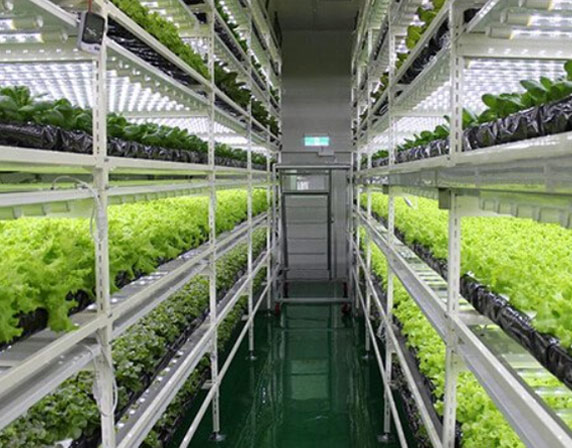
Are LED plant lights reliable?
Yes, LED grow lights are definitely worth the money. Compared with all other types of lighting, they have many advantages. Of course, they also have some shortcomings, but these far outweigh their advantages.
One of the biggest disadvantages is the high cost. Now you can buy excellent LED grow lights at the same or even lower price as the HID system. Let us briefly look at the pros and cons. You can learn more about the pros and cons of light-emitting diodes for plant growth here.
Advantages of LED plant lights
Efficiency: There is no need to heat filaments (such as traditional light bulbs), so energy is not wasted to generate heat; and because you can provide plants with the exact light they need, you will not bombard them with colors that they would not use, thus wasting Them (but you still have to pay for electricity)
Lower heat output: LEDs release most of their energy in the form of light instead of heat; this further reduces operating costs
Lower operating costs: because LEDs require less power to produce more light, you can save on electricity bills; because of lower heat generation, you save further because you don’t need to install as much cooling and ventilation as possible
Longer service life: The service life of LEDs is much longer than other forms of light, thus saving you more operating costs
Full spectrum: The best gardening LED lights emit only the best ratio of plant needs to light used for plant growth; of course, many lamps do not do this, and there is still considerable debate about which spectrum is the best, all white light The discussion between the supporters and the supporters of the "blurred" combination of red and blue light was particularly intense.
Better for the environment: Many forms of lighting, such as HID, contain harmful substances, such as mercury, while LED lights are different. These harmful substances do not exist.
Disadvantages of LED plant lights
Thermal sensitivity: LED diodes are very sensitive to heat and will fail quickly if the operating temperature is too high; this is why any high-quality lamps will have enough heat sinks and/or fans to ensure that the chip itself will not overheat
Color change: As the diodes age, the color they emit will change; this is usually just a problem with cheap diodes used in cheap lamps
Cooler temperature: Although this is an advantage in hot climates, in cold climates you may need to heat the planting space more because you no longer have the heat from the grow lights to do this
Please note that I did not list "high cost" as a disadvantage. That's because the cost of LED lamp beads, even if it is a good quality LED lamp beads, its cost has dropped to only slightly higher than the cheapest HID lamps.

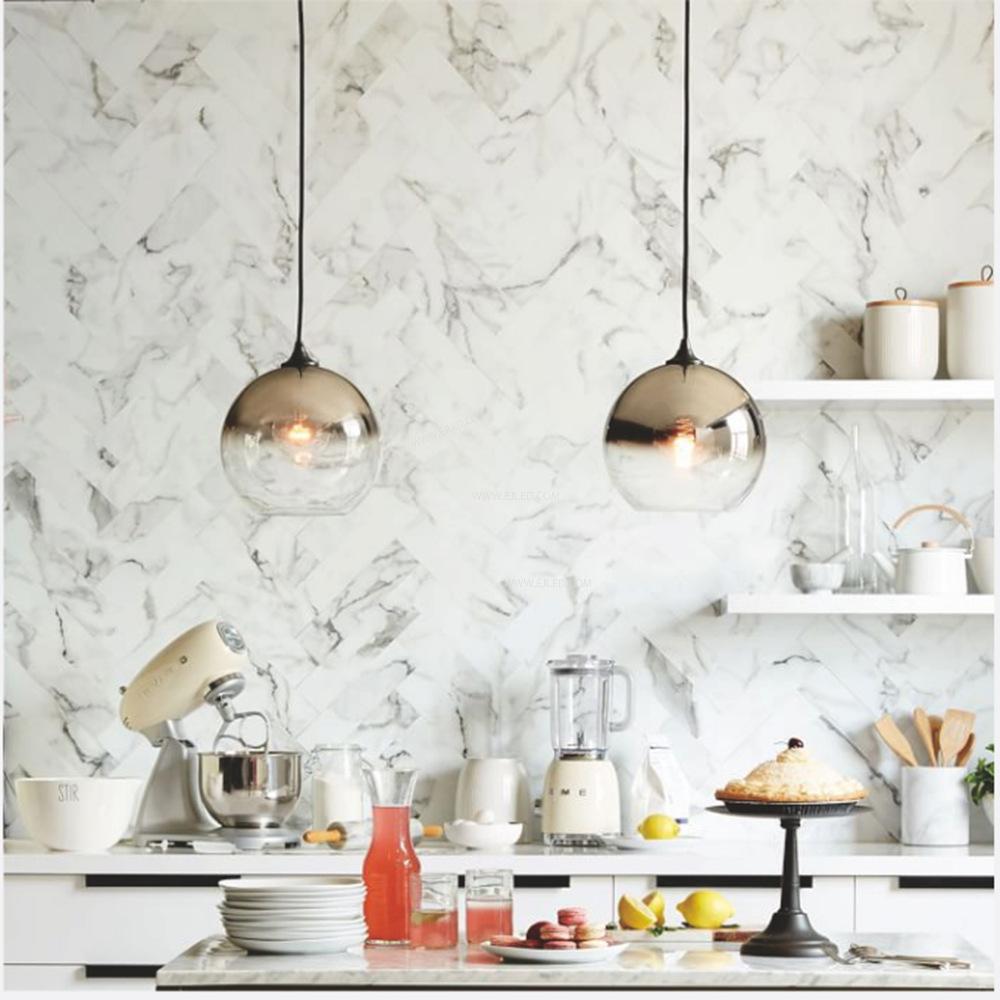
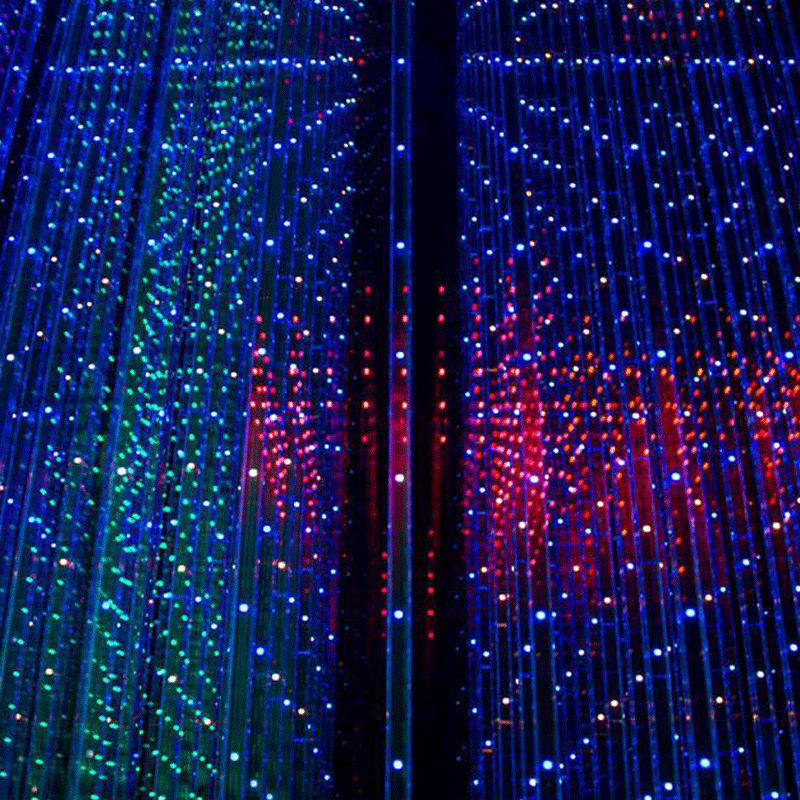

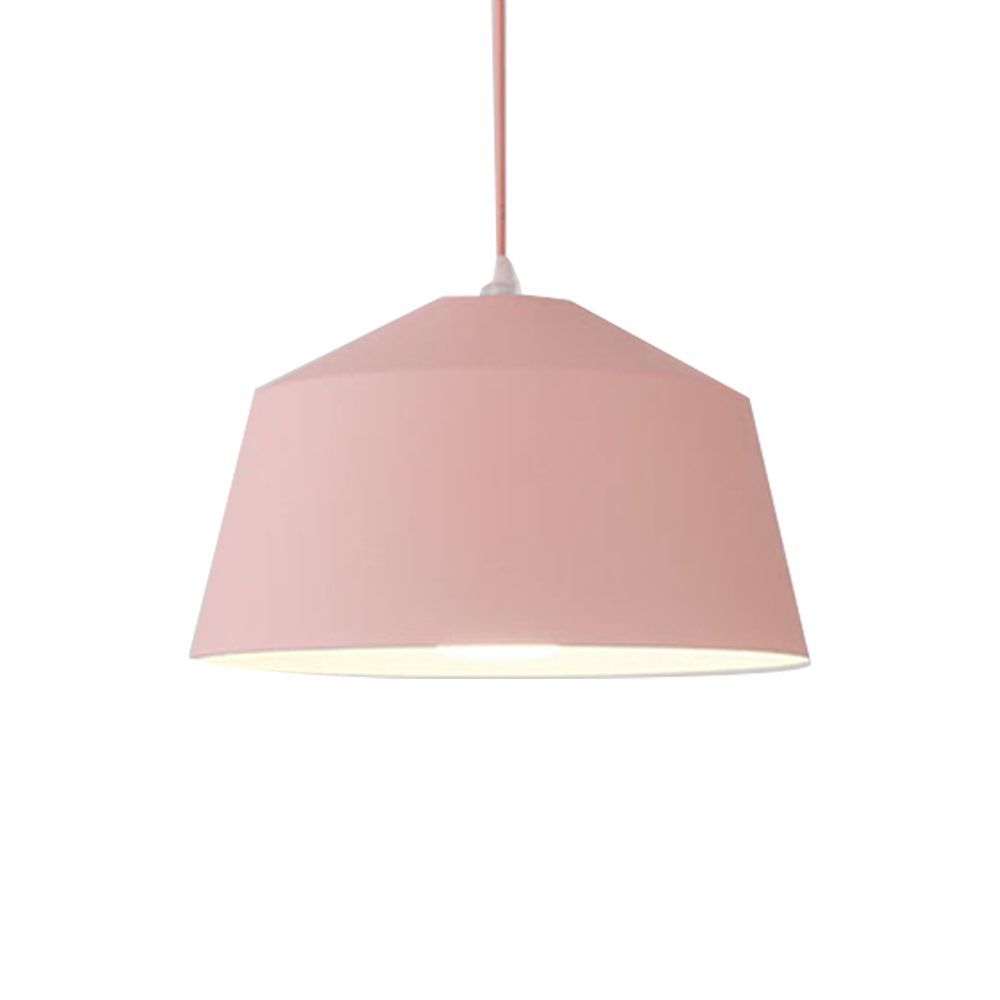
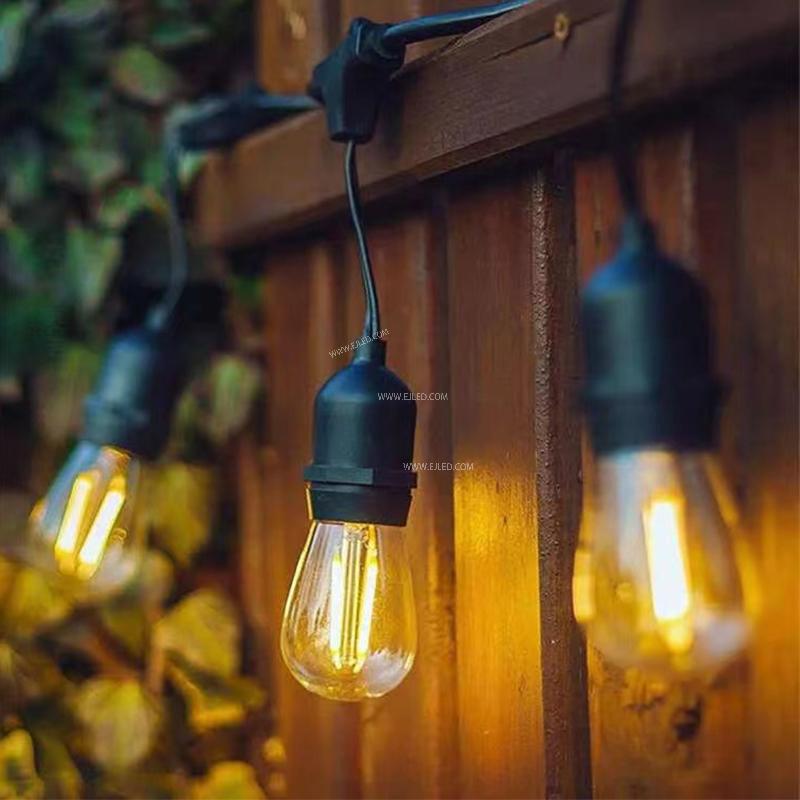

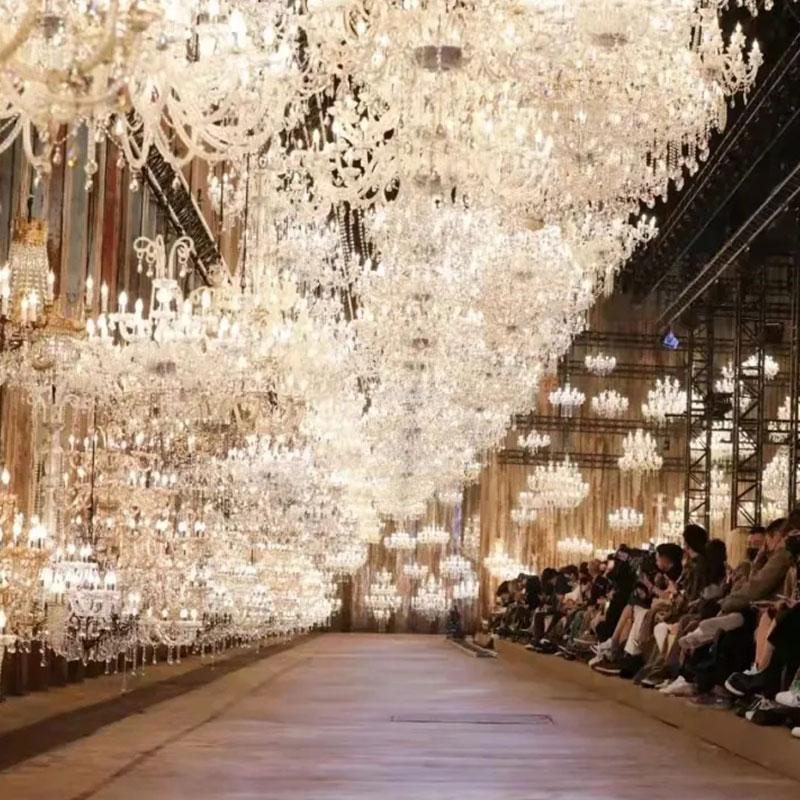
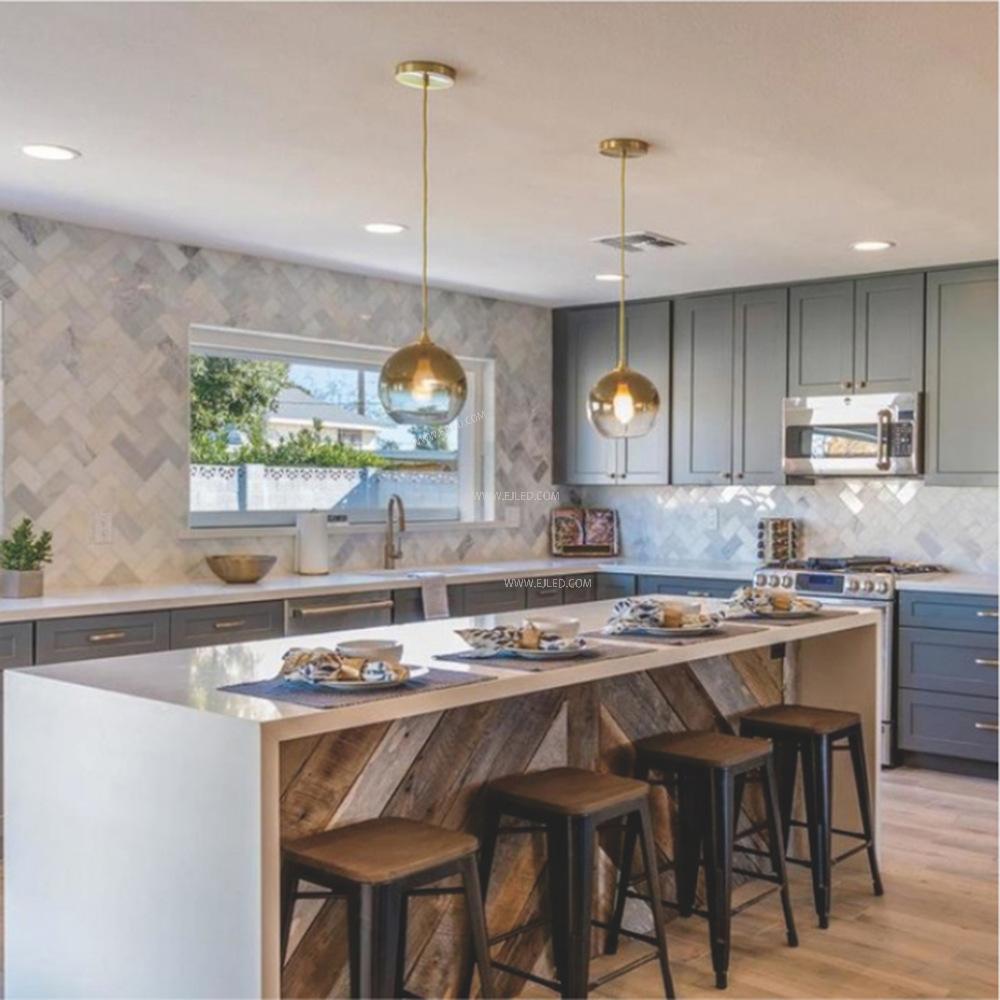
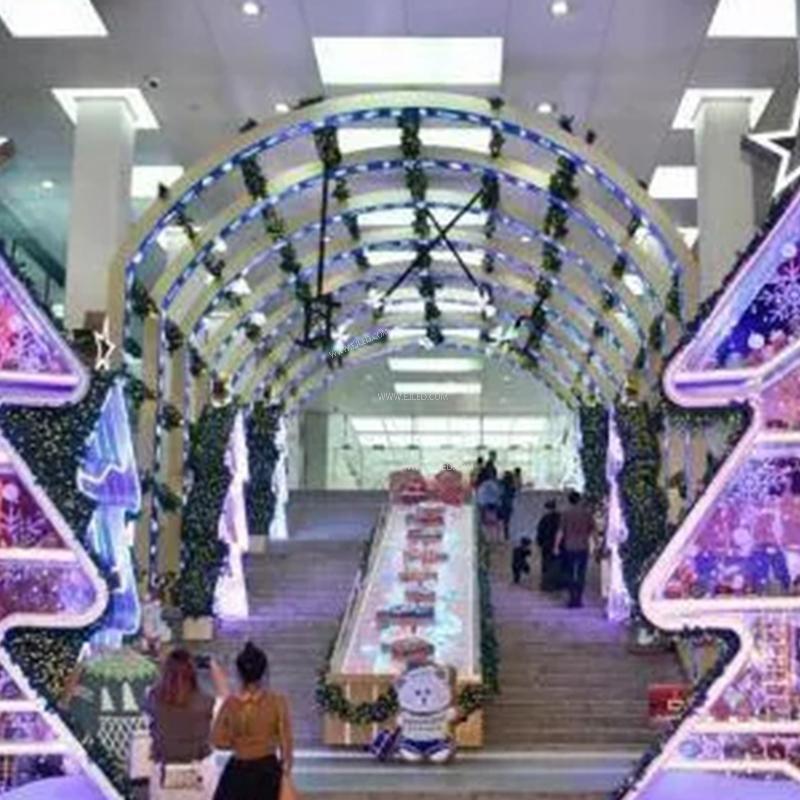
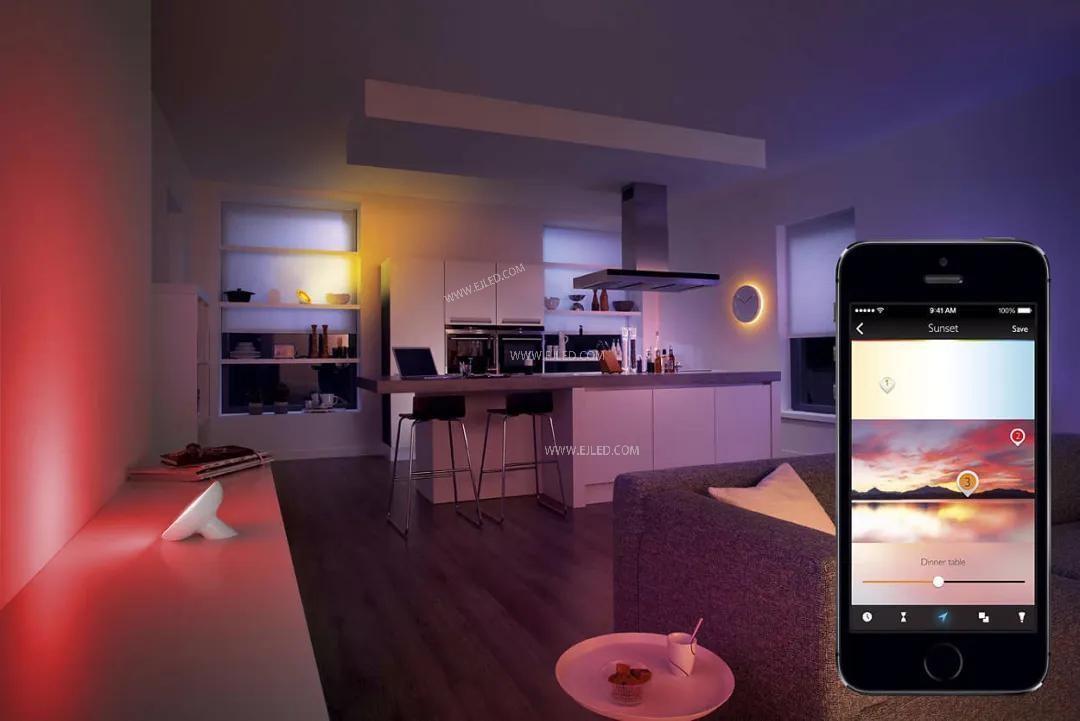

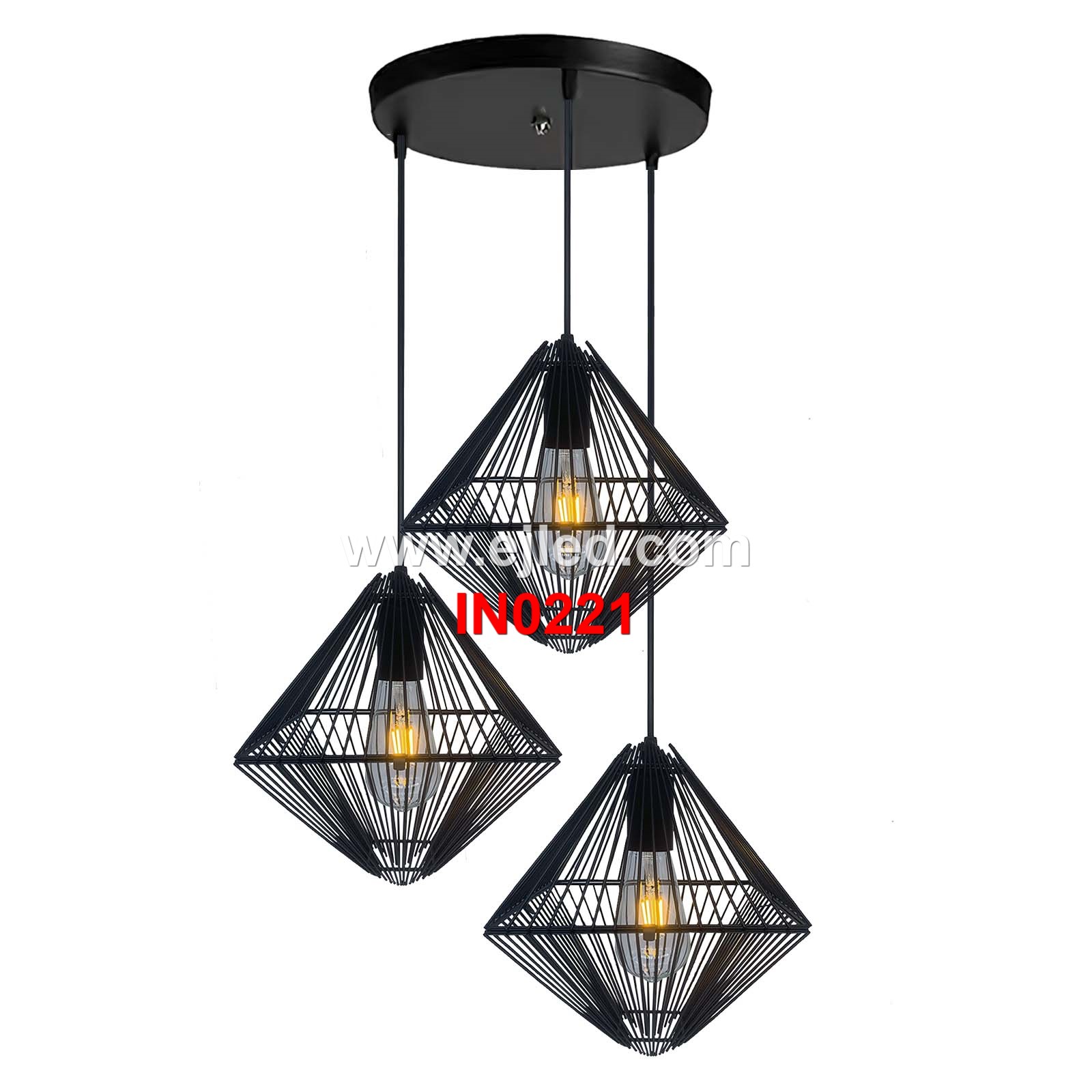
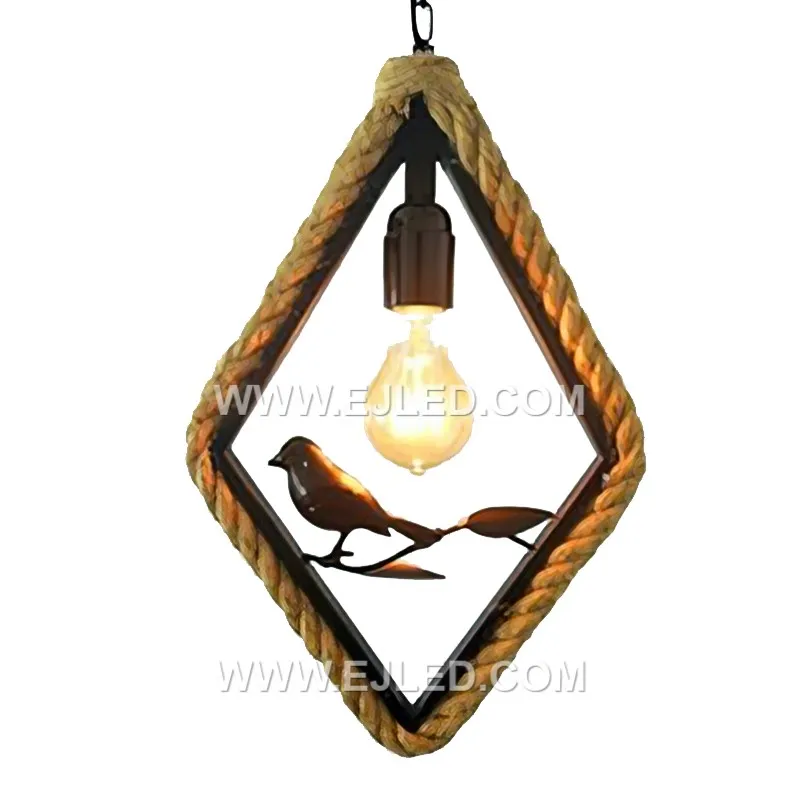
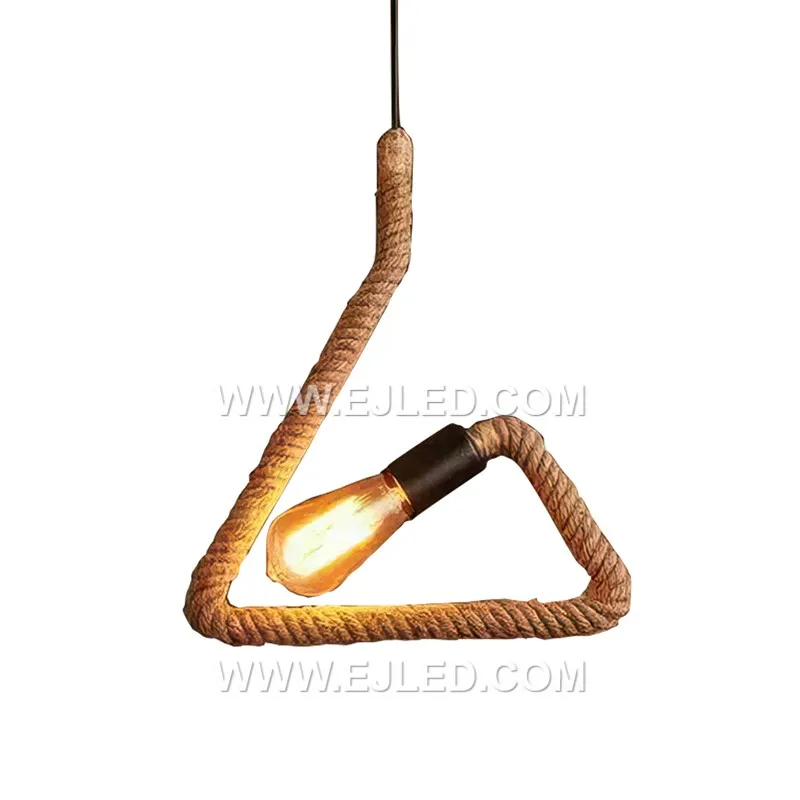
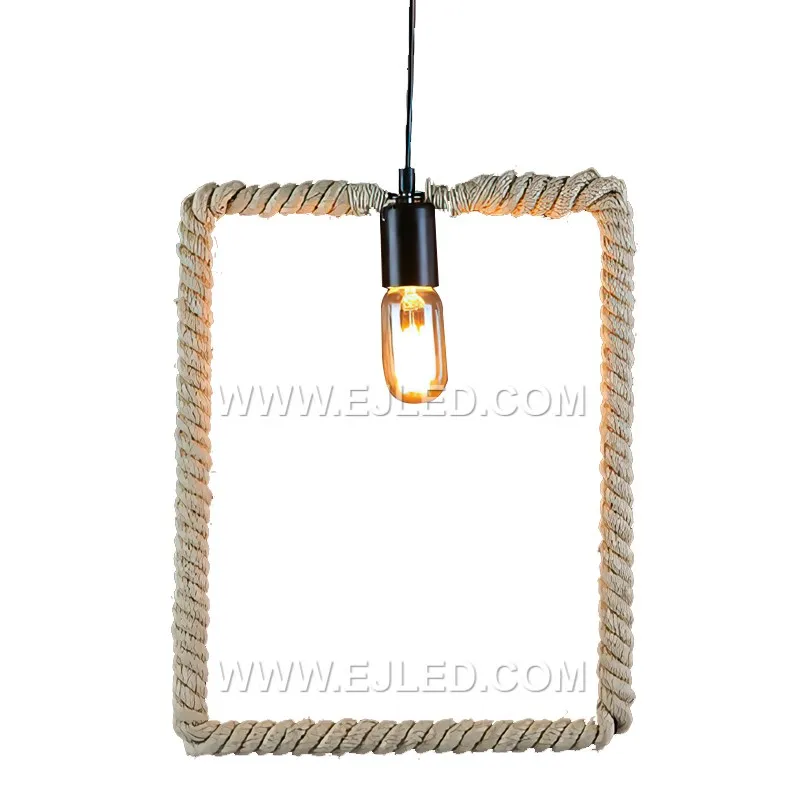
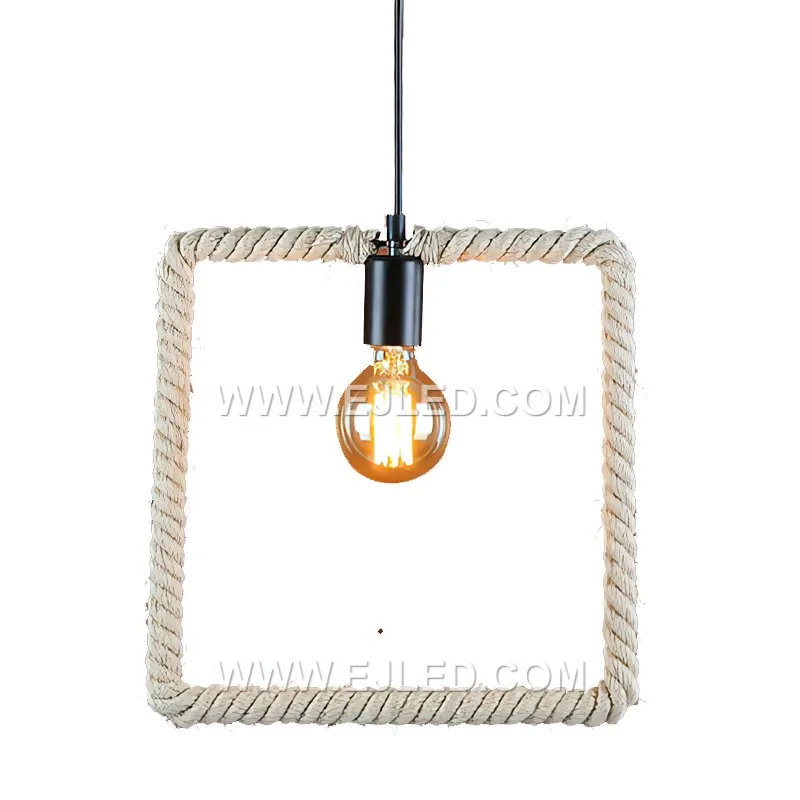
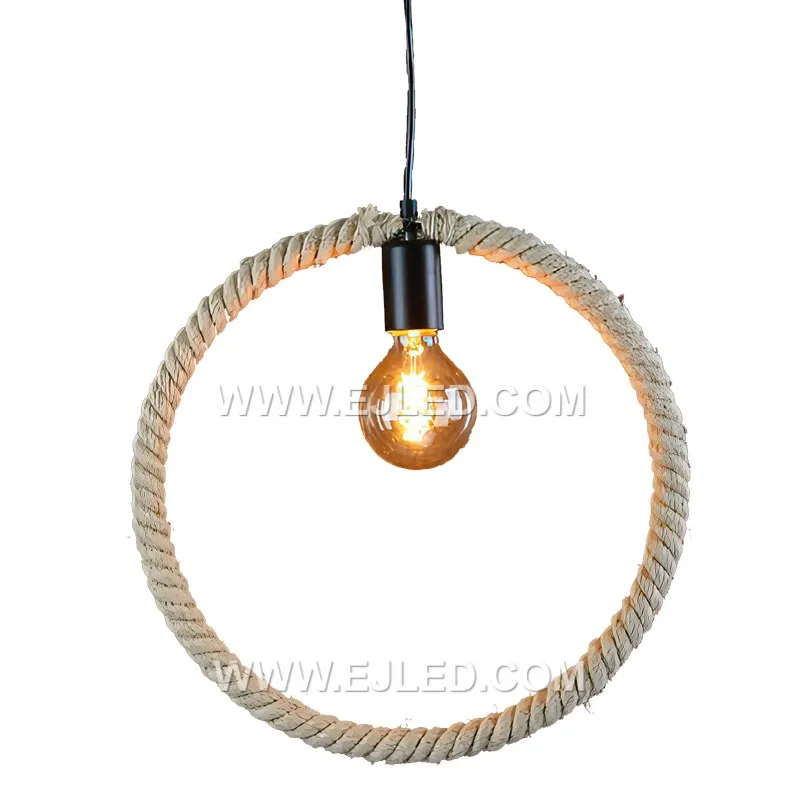
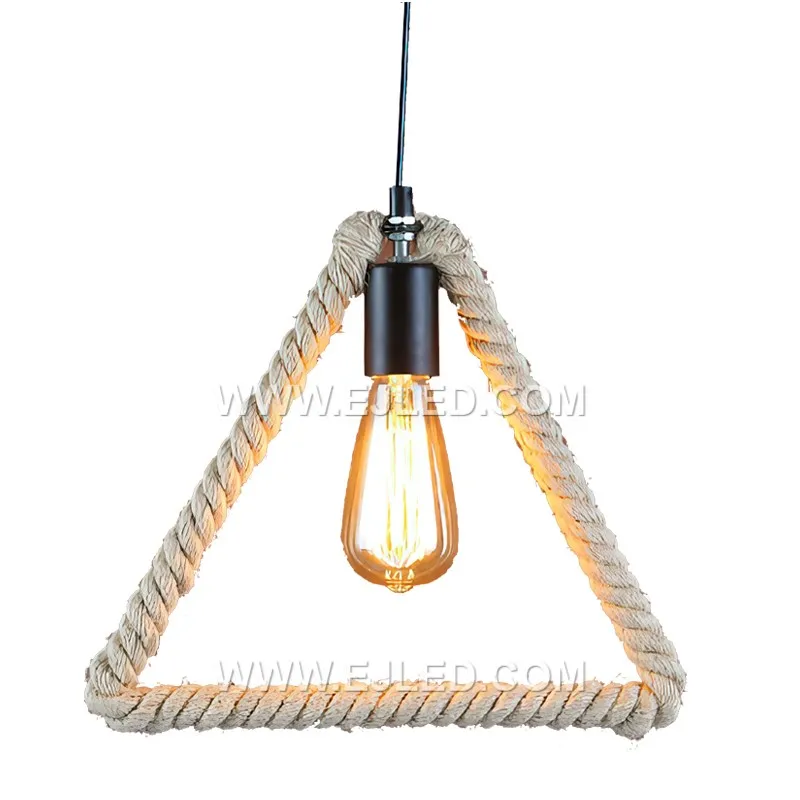
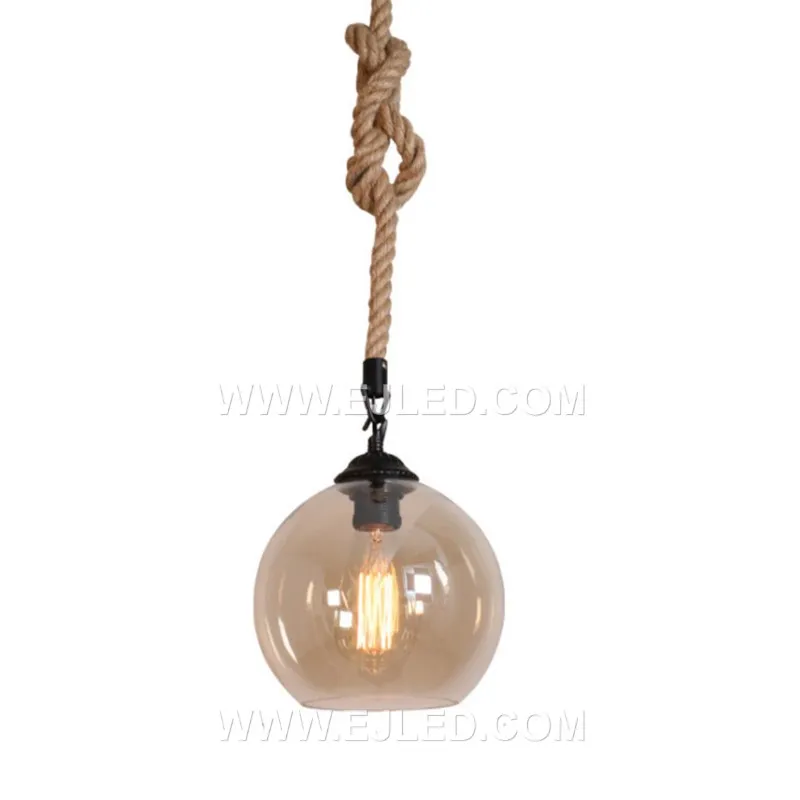
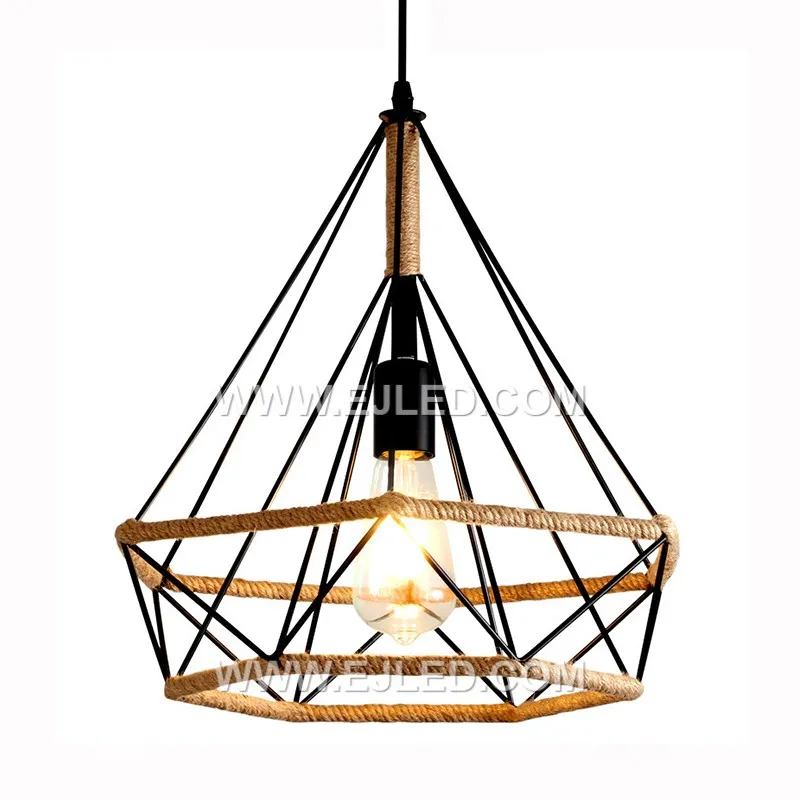
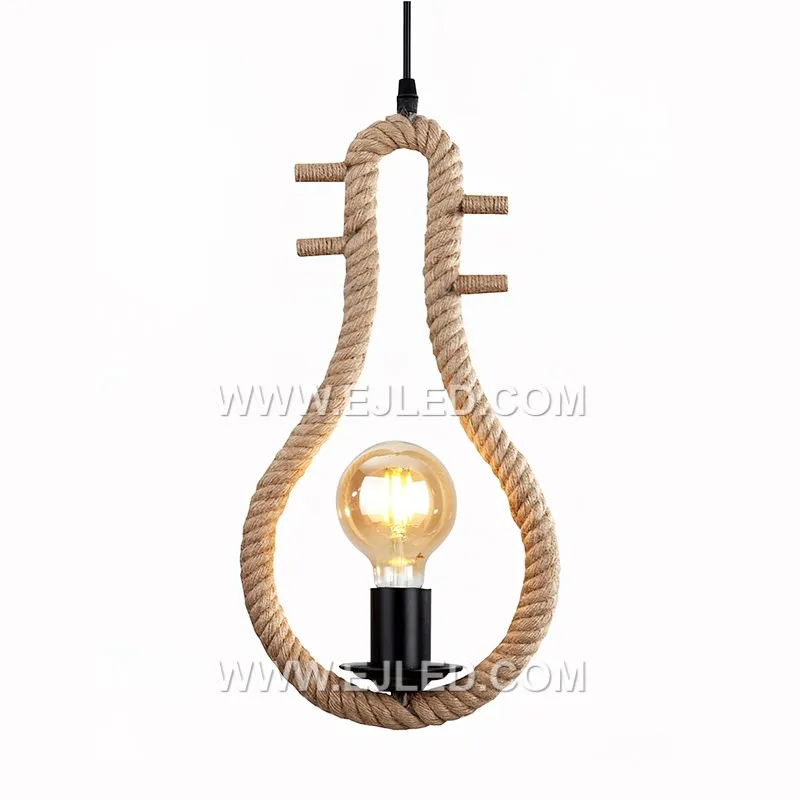

Leave a comment